ВУЗ: Национальный исследовательский ядерный университет МИФИ
Категория: Задание
Дисциплина: Английский язык
Добавлен: 06.02.2019
Просмотров: 1731
Скачиваний: 13
Most
car engines are cooled by
water.
The water flows around the engine
and
then passes through the radiator.
It
then passes through the water pump and around the engine again.
A
car cooling system

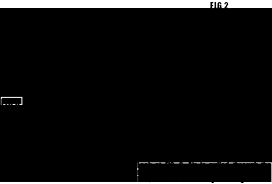
How to install a socket
-

The recess and the channel (see FIG. 1) are marked out with a pencil. -
The plaster is cut away using a hammer and a chisel.
-
The brickwork is removed by drilling holes in it and then cutting it away with the hammer and chisel.
-
The box is inserted in the recess and screwed into place.
-
The cable is placed in the channel.
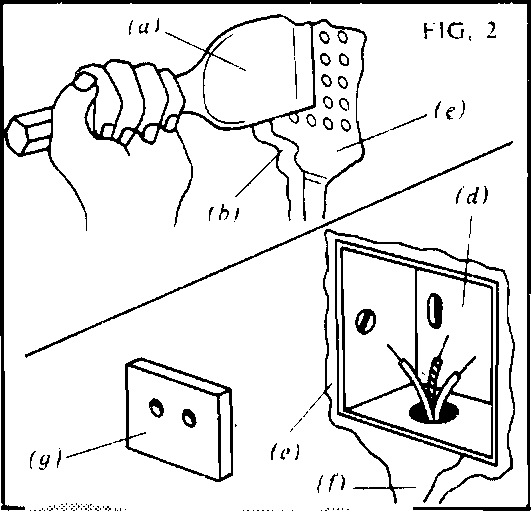
hannel
holt-
Pig i
-
It is then pulled through the hole in the box.
-
The cable channel is covered. This is done by filling it with plaster, which is then painted or papered.
-
The socket is connected to the cable by inserting each wire in the terminal and tightening the screw (see FIG. 3).
-
The socket is screwed to the box.

-
What are the objects in the diagrams called?
Example: (a) This is called a chisel, (b) This is called plaster.
Making a car panel
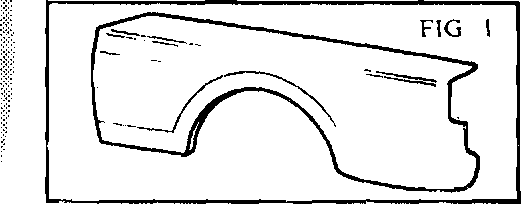
This panel (FIG. 1) fits
onto- the front right-hand
side of a car. It is made
by three methods. \
First, sheet steel is made. This is done by pushing a piece of steel between two rollers (see FIG. 2), which squeeze the metal and make it longer and thinner. This method is called ROLLING. Not all metals can be rolled. For example, iron cannot be rolled because it is too brittle. But steel can be rolled because it is tough and malleable enough.
Next, the steel is cut into a flat shape (see FIG. 3). This is done by placing the i sheet onto a die, and then cutting a hole in it with a punch. The method is called \ PUNCHING. The steel can be cut easily because it is now very thin.
Finally, the sheet steel is bent and pressed into a rounded shape (like in FIG. 1). This is done by putting the sheet onto a die and then bending the sheet around the die with a press (see FIG. 4). This method is called PRESSING. It is not ] difficult to press sheet steel because it is thin and malleable. ,

1
What are the objects in the diagrams called?
PAINTING EQUIPMENT
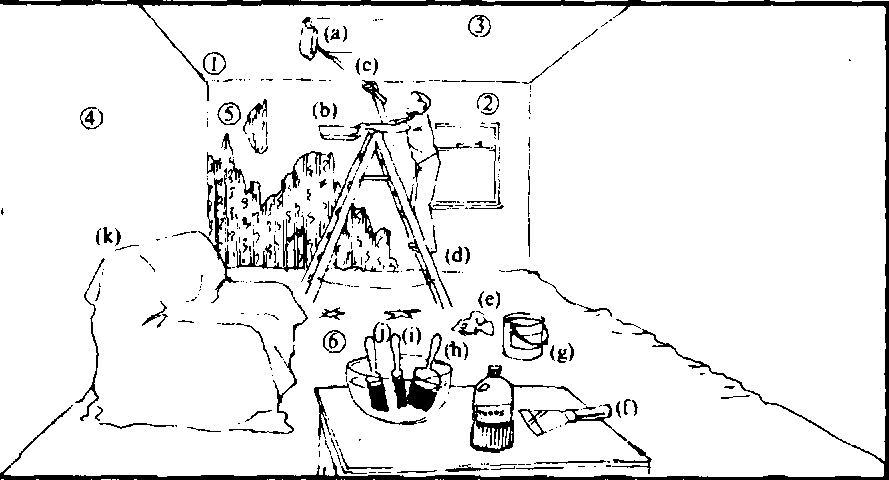
First,
you need paint brushes. There are three main types: broad, narrow and
angled. Use the broad
brush for
broad flat areas such as walls. Use the narrow
one
for corners. And use the angled
one
for window frames and difficult angles.
Next you need a roller for painting flat surfaces smoothly. Use a long extension on the handle for reaching high places, such as ceilings.You will also need a tray for holding the paint and the roller.
Next, you need a paint pot for holding the paint and the brush. Make sure that the mouth of the pot is wide enough for the widest brush, and that it is small enough to carry.
Next, you need a stepladder for climbing up to the job, a scraper for scraping off old paint and paper from the walls, cloths for covering the furniture, and rags for cleaning paint off the floor.
Finally, you need turpentine for cleaning the paint brushes and rollers.
-
What are the objects in the picture called? (Note: look at the letters (a), (b), (c), etc.)
Welding-Safety
Rules
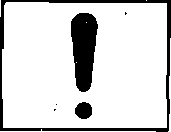
CAUTION:
Welding can be dangerous. Any of these accidents might happen to you:
(a) you could be blinded by sparks; (b) you could get an electric
shock; (c) your face, body, arms, legs or feet could be burnt; (d)
there could be a fire in the workshop.
PROTECTIVE CLOTHING
-

A mask or helmet must be worn in electric arc welding. (In gas welding, goggles can be used.) -
Clothes must be kept dry and clean.
-
Thick, heavy boots must be worn.
These must be made of some insulating material such as rubber.
-
Gloves, and apron and a cap must be worn.
-
Overalls must have long sleeves and no pockets or cuffs.
WORKSHOP
-
The floor must be made of concrete.
-
There must be a metal container on the floor for the sparks.
-
What are the objects in Fig. 1 called?